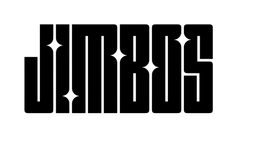Cutting Power of Picture Perfect Polish – How Aggressive Is It?
Most “one step” polishes talk about cutting power — but Picture Perfect Polish actually delivers. Here’s how far it can go.
Let’s be clear: Picture Perfect Polish isn’t just a finishing glaze. It’s a pad-dependent polish built to remove real-world defects — fast.
But how much can it actually cut? Let’s break it down by pad, paint type, and comparison to traditional compounds.
What It Removes Easily
- ✅ Light to moderate swirls
- ✅ Oxidation and faded clear coat
- ✅ Water spots (non-etched)
- ✅ Light to moderate buffer trails
That’s what makes it ideal for daily drivers and one-step corrections — even on black paint or soft clear coats.
What It Won’t Do (By Design)
- ❌ Deep scratches or rock chips
- ❌ Etched water spots or bird droppings
- ❌ Heavy sanding marks
For those, a dedicated compound and a wool or microfiber pad will still be required.
How Pad Choice Changes Cut
| Pad Type | Cutting Power | Best For |
|---|---|---|
| 🔴 Cutting Foam Pad | High | Swirls, oxidation, water spots |
| 🟡 Polishing Pad | Medium | Light defects, gloss restoration |
| 🟢 Finishing Pad | Low | Soft paint, maintenance polishing |
Pro tip: Always do a test section. If a polishing pad doesn’t get the job done, jump to a firmer foam before switching polish.
How It Compares to a Compound
We tested Picture Perfect Polish vs a medium cut compound on a swirled black hood:
- Compound (with wool): Slightly faster initial correction, but needed follow-up polish.
- Picture Perfect Polish (with cutting foam): Removed 90%+ of swirls, finished clean in one pass.
✅ Verdict: For most jobs, Picture Perfect Polish gets you 90% of the way there in half the time — without the mess, dust, or second product.
Want to see it in action?



